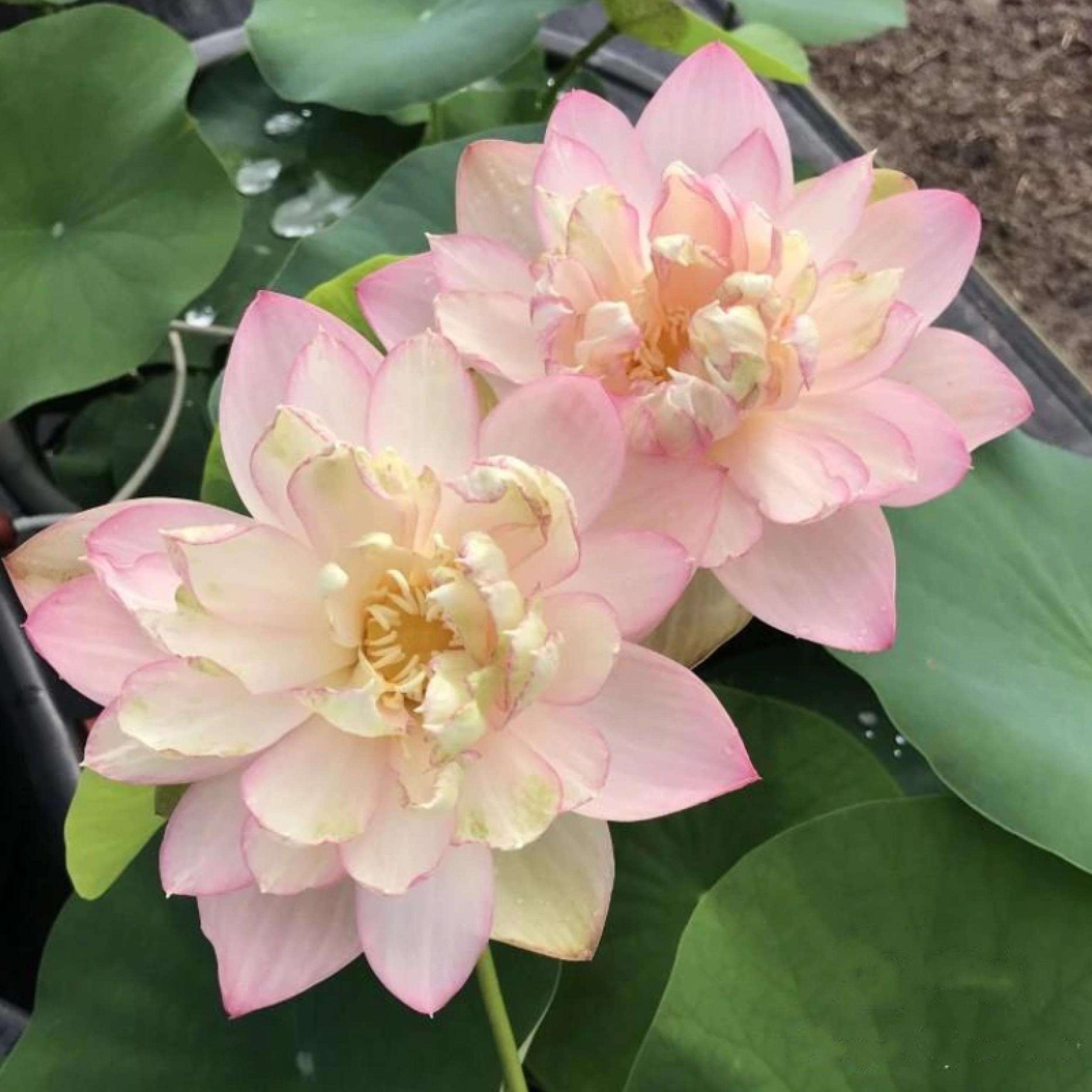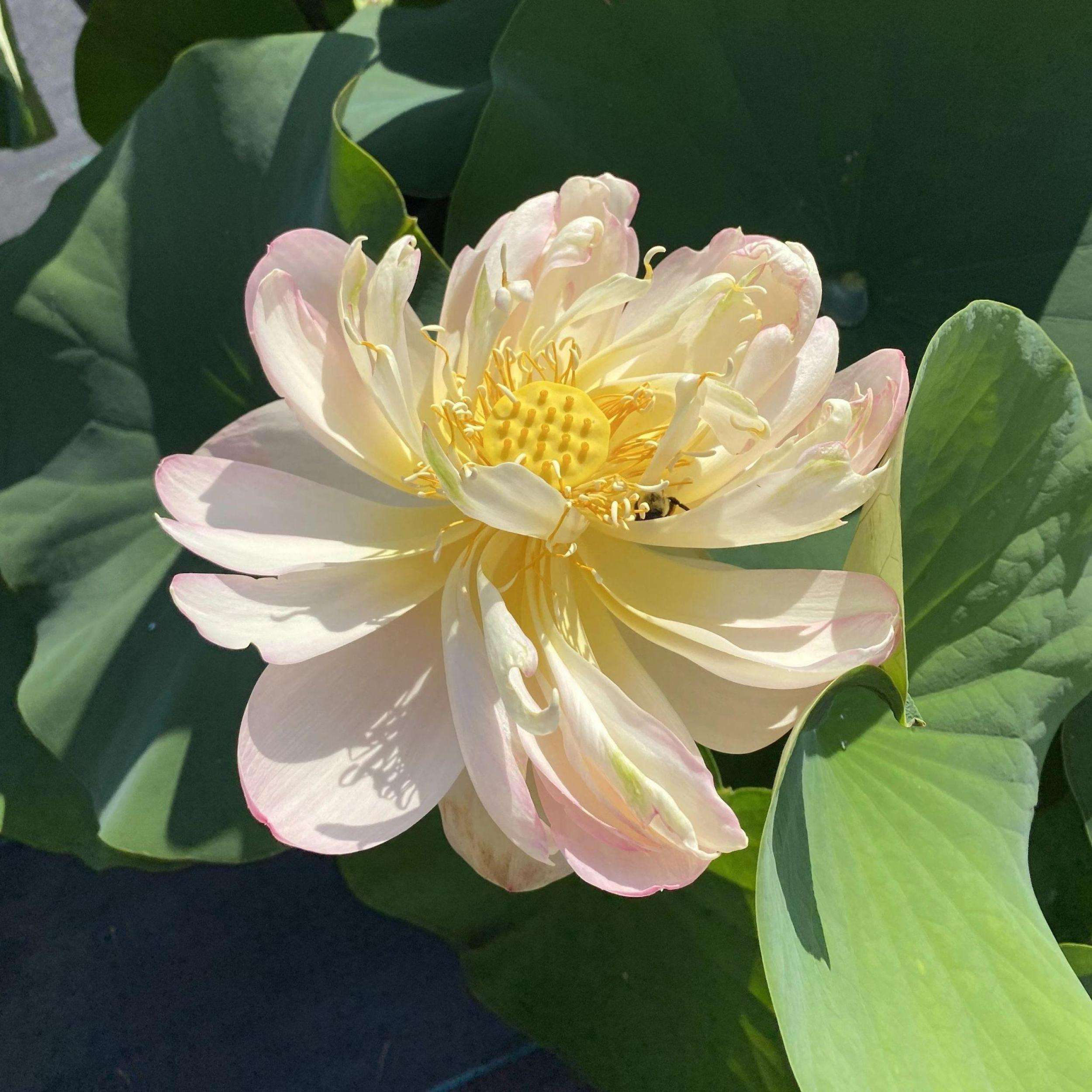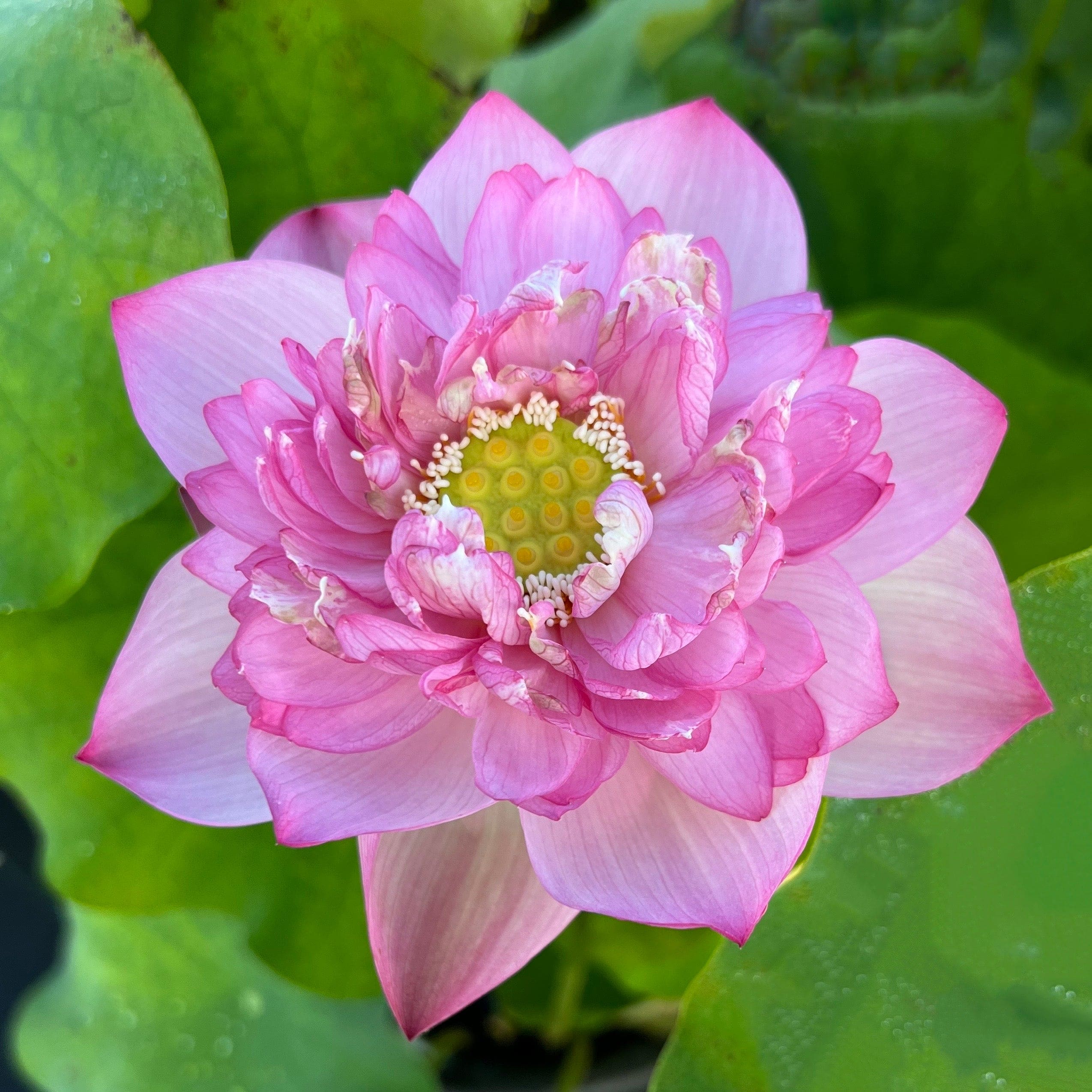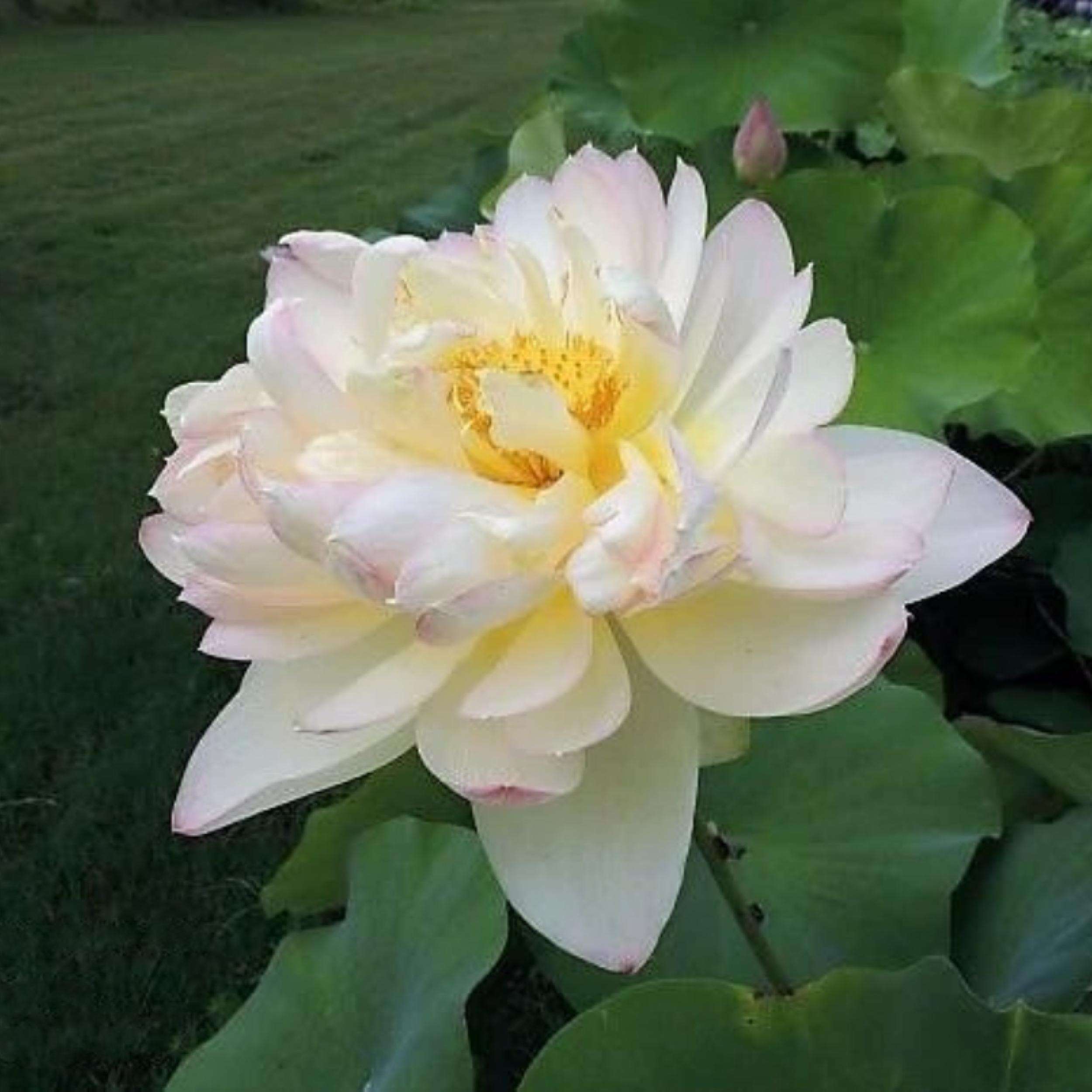In your quest to broaden your understanding of aquatic botany, you may find yourself particularly intrigued by the star lotus. Its evocative name suggests a celestial beauty that’s matched by its physical characteristics, prompting many to explore the nuances of this fascinating aquatic plant. This article, geared towards elucidating the world of star lotus, equips you with a comprehensive understanding of its biology, habitat, and ecological importance. Substantiated by cutting-edge scientific research, the discourse engages you in the intricate details of this plant’s life cycle, growth patterns and its role in aquatic ecosystems, ultimately enhancing your academic knowledge of this captivating species. Your journey into the luminous world of the star lotus begins here.

Understanding the star lotus
The botanical name and origin of the star lotus
The star lotus, scientifically known as Nymphaea nouchali, is a species of water lily indigenous to the southern and eastern parts of Asia. The plant is commonly found in countries such as India, Sri Lanka, and Myanmar, where it thrives in a wide range of freshwater habitats including ponds, lakes, and slow-moving streams.
Common names and aliases
Apart from its popular name, the star lotus is also known by several other aliases. Some commonly used names include blue lotus, red and blue water lily, and blue star water lily. These names are often attributed to the stunning and vibrant coloration of the plant’s flowers, which ranges from blue to light pink.
Features and description of the star lotus
The star lotus is a perennial aquatic plant characterized by its radiant star-shaped flowers that float on the water surface. The flowers are typically 6-10cm in diameter, with multiple layers of petals radiating from a central core. The color of the flowers often varies depending on the variety, ranging from light pink to deep blue. The plant’s leaves are usually green, circular, and have a shiny surface. They are flat and float on the water’s surface, providing a visually appealing contrast to the vibrant flowers.
Habitat and Distribution
Natural habitat of the star lotus
The star lotus is naturally adapted to thrive in calm freshwater environments. These include but aren’t limited to, marshes, slow-moving streams, calm rivers, and ponds. They are often found in shallow waters where they can root in the bottom mud while their leaves and flowers float over the water.
Geographical regions where star lotus is found
The star lotus holds a wide geographical distribution, spanning across Southeast Asia, with mentions of it being spotted in regions of the Eastern Mediterranean. Countries with abundant growth include India, Thailand, Sri Lanka, and Myanmar.
Ecological significance of the plant
As an aquatic plant, the star lotus plays an essential role in maintaining the ecological balance in the water bodies it inhabits. It provides shelter and breeding sites for various aquatic animals. Furthermore, its flowers serve as an attractive source of nectar for bees and other pollinators.

Plant Structure and Appearance
Description of leaves and stems
The star lotus has green, rounded leaves that float on the water’s surface. These leaves are approximately 15-30cm in diameter, with a waxy surface that repels water. The plant’s stems are submerged and are long, flexible, and anchor the plant to the bottom of the water body.
Information on the flowers and seeds
The star lotus flower is spectacular and forms the most attractive part of the plant. The flowers emerge from the water and are usually about 6-10 cm in diameter with a star-like shape, as the name suggests. The seeds of the star lotus are found within the plant’s flowers, and they spread through the movement of water, enabling the plant to reproduce and colonize new areas.
The growth pattern of the star lotus
The star lotus is a perennial plant, meaning it grows all year round. However, the plant achieves maximum growth during the warm season when conditions are favorable.
Life Cycle of the Star Lotus
Planting and germination process
The star lotus reproduces sexually through seed germination and asexually through the division of its root system. To grow from seeds, the star lotus seeds must be fully mature and deshelled. The seeds are then submerged in warm, shallow water with the pointy end facing upward.
Growth and maturation
With the right environmental conditions, the seeds soon germinate, forming seedlings with small roots and leaves. As the seedlings mature, they grow floating leaves and start producing flowers. This process usually takes about 3-5 years.
Flowering and pollination
Flowering usually occurs from late spring to early autumn. The flowers open at night and attract pollinators, such as bees and nighttime insects, with their radiant coloration and irresistible fragrance, thereby promoting cross-pollination and facilitating the production of seeds.
Seed dispersal and germination
Following pollination, the flowers close up, allowing the seeds to develop. The mature seeds are then released into the water, where they float away to new locations. If they land on a suitable substrate, they will undergo germination and grow into a new plant.

Cultivation and Care
Ideal planting conditions
While the star lotus can adapt to varied environments, it flourishes best in warm, shallow freshwater bodies with plenty of sunlight. The plant prefers acidic to neutral, nutrient-rich soil that is moist and well-drained for optimal growth.
Routine care and maintenance tips
Care for the star lotus involves ensuring enough sunlight, warmth, and moisture. It’s also necessary to remove any dead or decaying portions of the plant to prevent the onset of diseases and pests. Fertilizing the plant regularly with a slow-release aquatic plant fertilizer during the growing season will help encourage vibrant blooms.
Pruning and repotting needs
Overgrown star lotus plants may need to be divided and replanted. This usually involves removing the plant from the pond, dividing the rhizome into pieces, and replanting the pieces in separate pots. Regular pruning of dead leaves and flowers also helps to maintain the plant’s aesthetics and overall health.
Pests and Diseases
Common pests affecting the star lotus
Some common pests that attack the star lotus include aphids, snails, and water lily beetles. These pests can cause significant damage to the plant if not properly managed.
Signs of disease and infection
Signs of disease in the star lotus include yellowing leaves, stunted growth, and the presence of black spots on the leaves or flowers. Fungal infections may also lead to leaf drop and plant death in severe cases.
Prevention and treatment methods
The best way to prevent pests and diseases is by maintaining good plant hygiene and removing any dead or decaying plant parts. In case of an infestation, natural insecticides and fungicides may be used to control pests and diseases.

Uses of the Star Lotus
Culinary uses
Some parts of the star lotus, such as the young leaves, rhizomes, and seeds, are edible and used in various culinary dishes. It’s especially popular in Asian cuisines, where these parts are used to prepare soups, salads, and snacks.
Medicinal properties of the plant
In addition to its aesthetic beauty and culinary use, the star lotus also has therapeutic attributes. Traditional medicine practitioners use different parts of the plant to treat a variety of health conditions. Its medicinal properties include being astringent, diuretic, and mild sedative.
Other traditional and commercial uses
Traditionally, the star lotus has been used for its tinctures in dye making, while its sturdy stems have been used to make mats and baskets. Today, due to its beauty, the star lotus is commercially grown and sold for use in water gardens and ponds.
Cultural and Symbolic Significance
Symbolism of the star lotus in different cultures
The star lotus carries significant symbolism in different cultures. In Buddhist symbolism, for instance, it represents the purification of the body, speech, and mind. Hindus, on the other hand, consider it a symbol of fertility, beauty, serenity, and eternity.
Role in art, literature, and religion
The radiance and beauty of the star lotus have inspired many creations in art and literature. Furthermore, the plant plays a crucial role in various religious rituals, especially in Buddhism and Hinduism.

Conservation Status and Threats
Current conservation status of the species
While the star lotus is not currently listed as threatened, it has been affected by habitat loss and degradation in some regions due to urban development and pollution.
Potential threats to the star lotus
Threats to the star lotus include invasive species, pollution, and change in water parameters. These threats can highly impact the growth and spread of the plant, potentially leading to diminishing populations.
Conservation measures and efforts
Efforts to conserve the star lotus involve habitat protection, prohibition of illegal harvesting, and promoting cultivation in water gardens and ponds. Such practices aid in preserving this fascinating aquatic plant for future generations.
Star Lotus in Aquatic Landscaping
Importance in pond ecosystem
In aquatic landscaping, the star lotus plays an integral role as it contributes to maintaining the balance in pond ecosystems. The plant provides shelter and food to various aquatic species, thus enhancing biodiversity.
Contributions to biodiversity
Through its role as a food source and habitat for various aquatic creatures, the star lotus significantly contributes to boosting biodiversity within its ecosystem. Its nectar-rich flowers also attract pollinators, further enhancing biodiversity.
Tips for integrating star lotus in water gardens
To integrate the star lotus in water gardens, ample space with plenty of sunlight should be provided since the plant can grow substantially. The depth of water should also be controlled to accommodate the plant’s shallow rooting requirements. Ultimately, regular care and maintenance from potential pests and diseases will ensure a healthy watery garden with a stunning display of star lotus blooms.